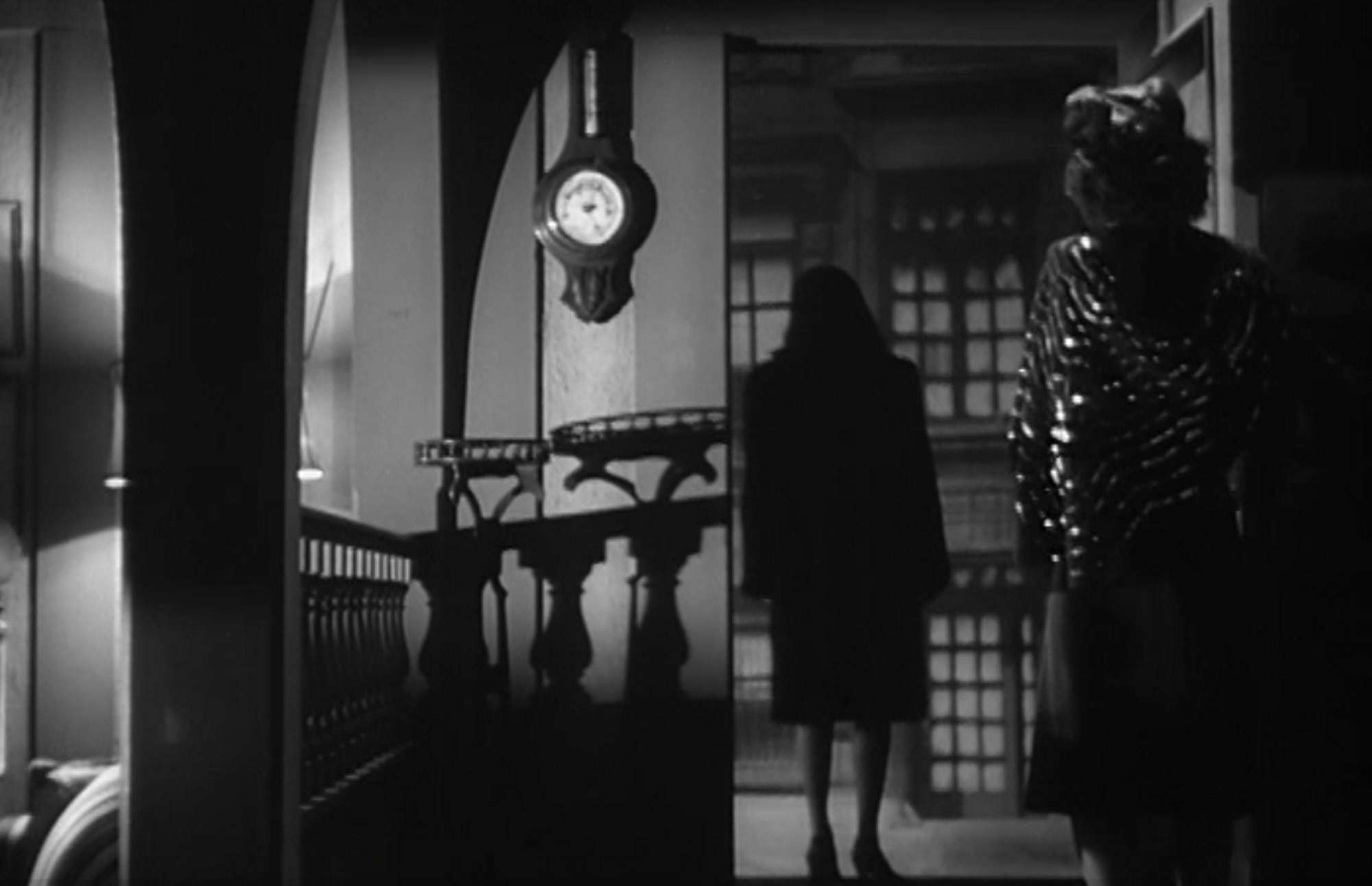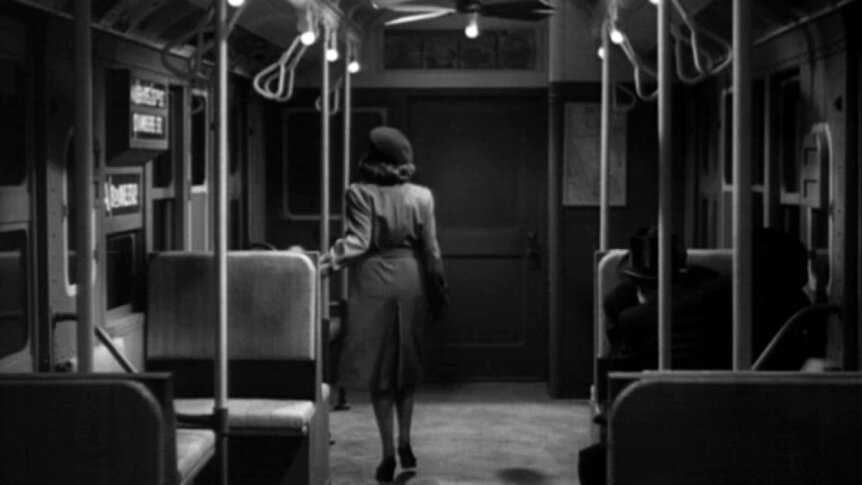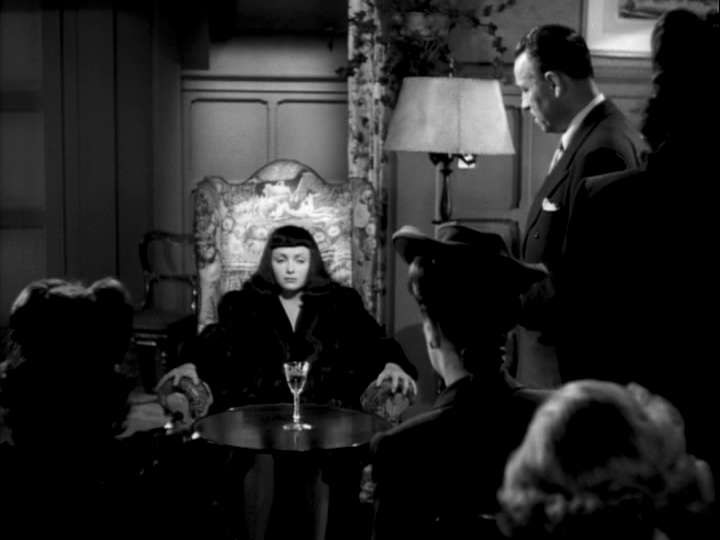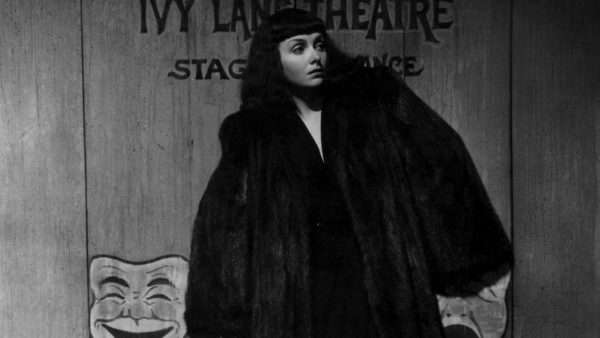Create a free profile to get unlimited access to exclusive videos, sweepstakes, and more!
Deep Cuts: The Seventh Victim

The world of horror is vast. With so many films across the spectrum of budget, studio involvement, quality, availability, and, above all else, pure scare-the-living-s***-out-of-you-ness, it helps to have trained professionals parse through some of the older and/or lesser-known offerings. That's where Team FANGRRLS comes in with Deep Cuts, our series dedicated to bringing the hidden gems of horror out of the vault and into your nightmares. This week we're looking at surrealist noir horror flick The Seventh Victim.
1943's The Seventh Victim opens on the John Donne quote "I run to death, and death meets me as fast, and all my pleasures are like yesterday." This kicks off another moody study of repressed sexuality from RKO's golden age brought to the world by forever-underrated horror movie producer Val Lewton.
Like so many great films, this was not appreciated in its heyday, but it has survived long enough to become appreciated for its finer qualities — primarily its overwhelming queerness, but also for having both a noir aesthetic and compelling female characters at the same time. Featuring a Satanic cult a couple of decades before Rosemary's Baby and giving avant-garde filmmakers a run for their money in the surrealism department, it remains one of the more complex films of its era.
The Seventh Victim's cast has a few familiar faces, including Lewton mainstay Tom Conway, lifelong actor Isabel Jewell, and a pre-Leave It to Beaver Hugh Beaumont. It was also the screen debut of Kim Hunter, who would later become best known for her role as Stella in A Streetcar Named Desire. Here she plays a young woman who has spent most of her life in a Catholic boarding school and becomes desperate to find her sister when it becomes clear that she is no longer footing the bill for her schooling. Mary's sister Jacqueline is played by Jean Brooks, who had a particularly sad story and didn't appear in many films before leaving Hollywood entirely, but she certainly made her mark for future generations in this film as proto-goth Jacqueline.
Mary follows her sister through the people that she has made an impression on. People talk about Jacqueline's beauty, her aura, her love of adventure, and "intimacy," as one female friend calls it. When we finally do see Jacqueline, she looks exhausted and depressed. Her energy has been drained. Her ex Gregory becomes interested in Mary, who clearly asserts boundaries with him. At a diner, he says, "Drink your milk," and she makes it clear in no uncertain terms that she doesn't take orders. Mary eventually discovers that her sister got wrapped up in a cult known as Palladists. Though it doesn't make a ton of sense, the cult has decided that despite their vow of anti-violence, Jacqueline is too messy and she needs to die.
There are a lot of things about this movie that will stand out to modern audiences, from the moments of empowerment for the seemingly naive Mary to Jacqueline's strongly implied love affair with a woman and fellow Palladist Frances. The lack of villainization for the cult is forward-thinking even in 2020, and no moralistic fate befalls them.
Meanwhile, Jacqueline's fixation on death is evident in her every moment onscreen. She is in imminent danger but refuses to reach out to anyone. She goes from owning her own business and supporting her sister to giving it away and ghosting her entire support system. She sees a therapist knowing that the cult will be aware of their meetings. She marries a man she has less than zero interest in, perhaps to protect Frances from suffering through her downfall. Even when she actively resists death, it seems as if she's only going through the motions. While the viewer is still full of hope that her story will resolve happily, Jacqueline seems to already know where it all will lead.
Jacqueline does not even appear until late in the film, at which time she does not speak and simply holds a finger to her mouth to shush a surprised Mary. The queerness of that gesture alone, stepping out from behind a door and urging Mary not to tell on her before vanishing back behind it, is striking. Indeed, the queer aura that follows her through the film is all but confirmed when her fellow cult members urge her to drink poison and die honorably for betraying them and Frances knocks the cup from Jacqueline's hand, tearfully professing her love for her. While this could lead to them finding one another again, it only makes it so much more clear that there can be no reconciliation between them, as Jacqueline seems more weighed down than ever. More than anything, it is this scene with Frances that seals Jacqueline's fate. When she leaves, alone, the feeling of guilt and grief that she carries shows even in her posture.
The Seventh Victim just so happens to fit into the larger Lewtonverse, as the psychiatrist refers to Irena of The Cat People at one point, citing her as a gentle, artistic soul who had ended up "raving" in an asylum. Naturally, it is also thematically linked to much of Lewton's output in its reflectiveness and its preoccupation with tone and mood over coherent plot. Later, directors like David Lynch would find success with modernizations of the dreamy atmospheres once found only in Lewton's projects. In his time, Lewton was generally considered a B-movie producer, but movies like The Cat People, I Walked With a Zombie, and Ghost Ship continue to enthrall new audiences even now.
In the end, this is a surprisingly modern film with a lenient view of occultists and a progressive stance on mortality, not just for 1943 but for today as well. It is far from a happy story, but it doesn't judge its characters for their queerness and indeed revels in it at times. Though a queer character does indeed die, her process of acceptance is the primary message behind the story. Jacqueline doesn't make the best decisions in the film, but our sympathy is always with her, and the story never fails to take her side.





























